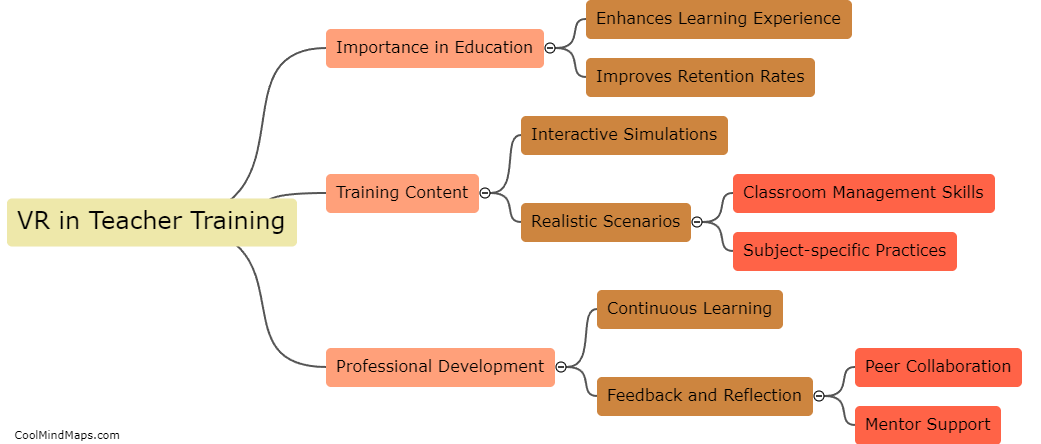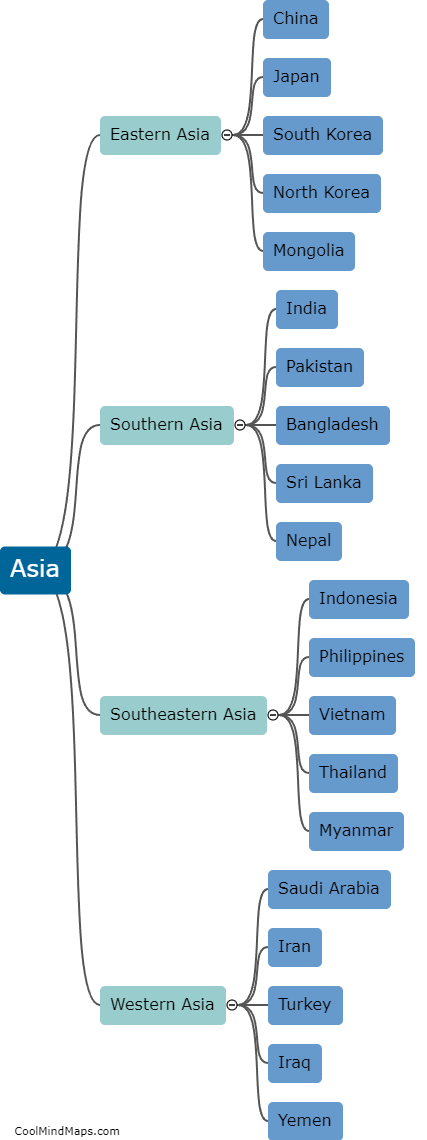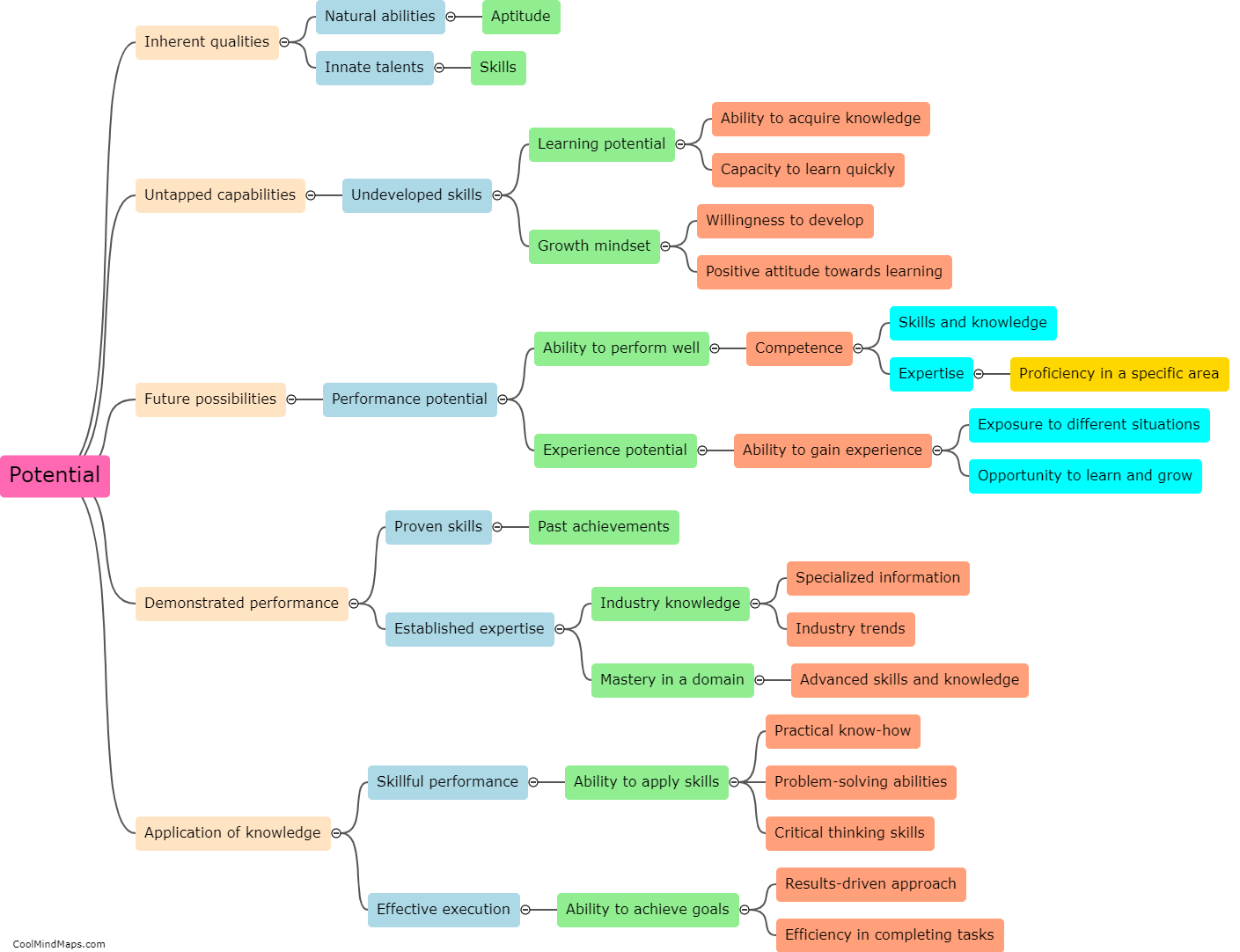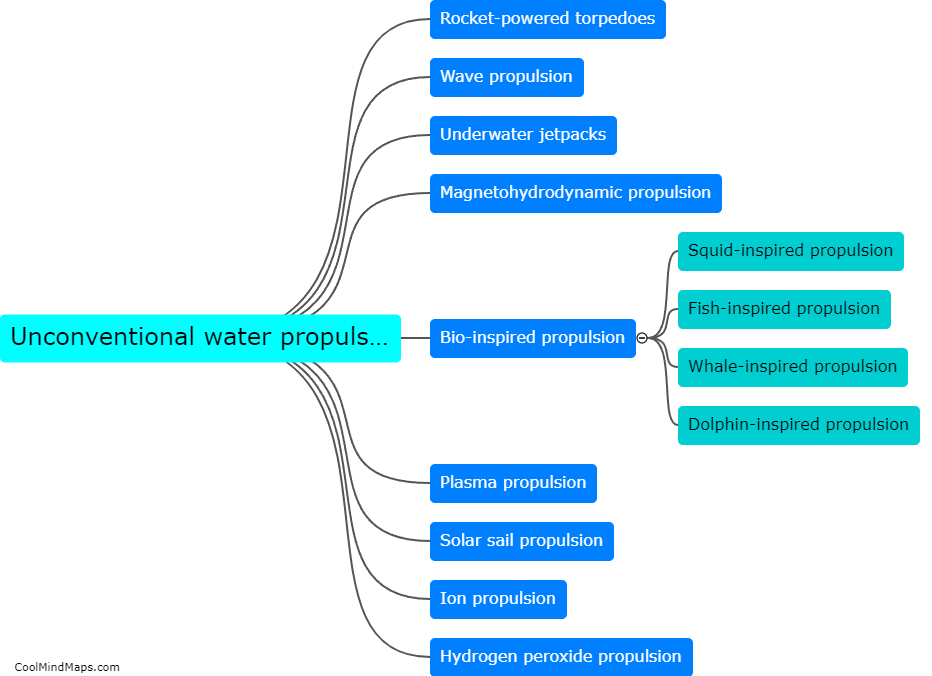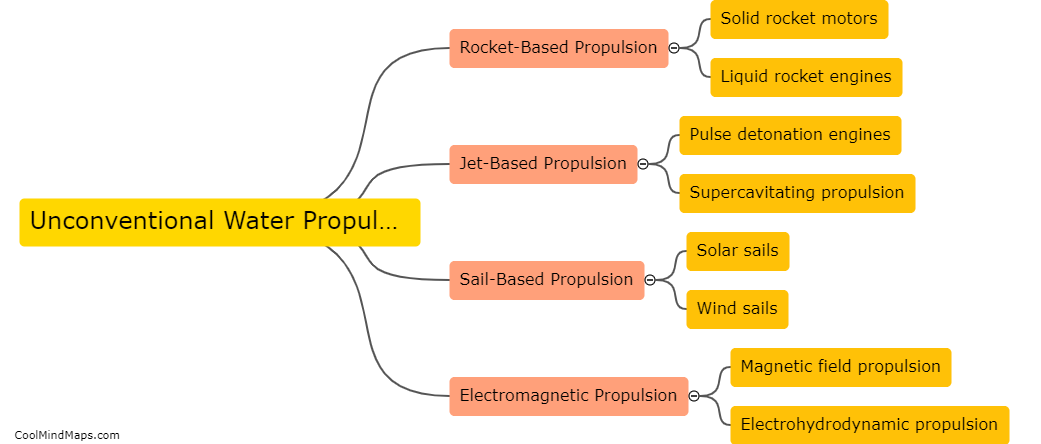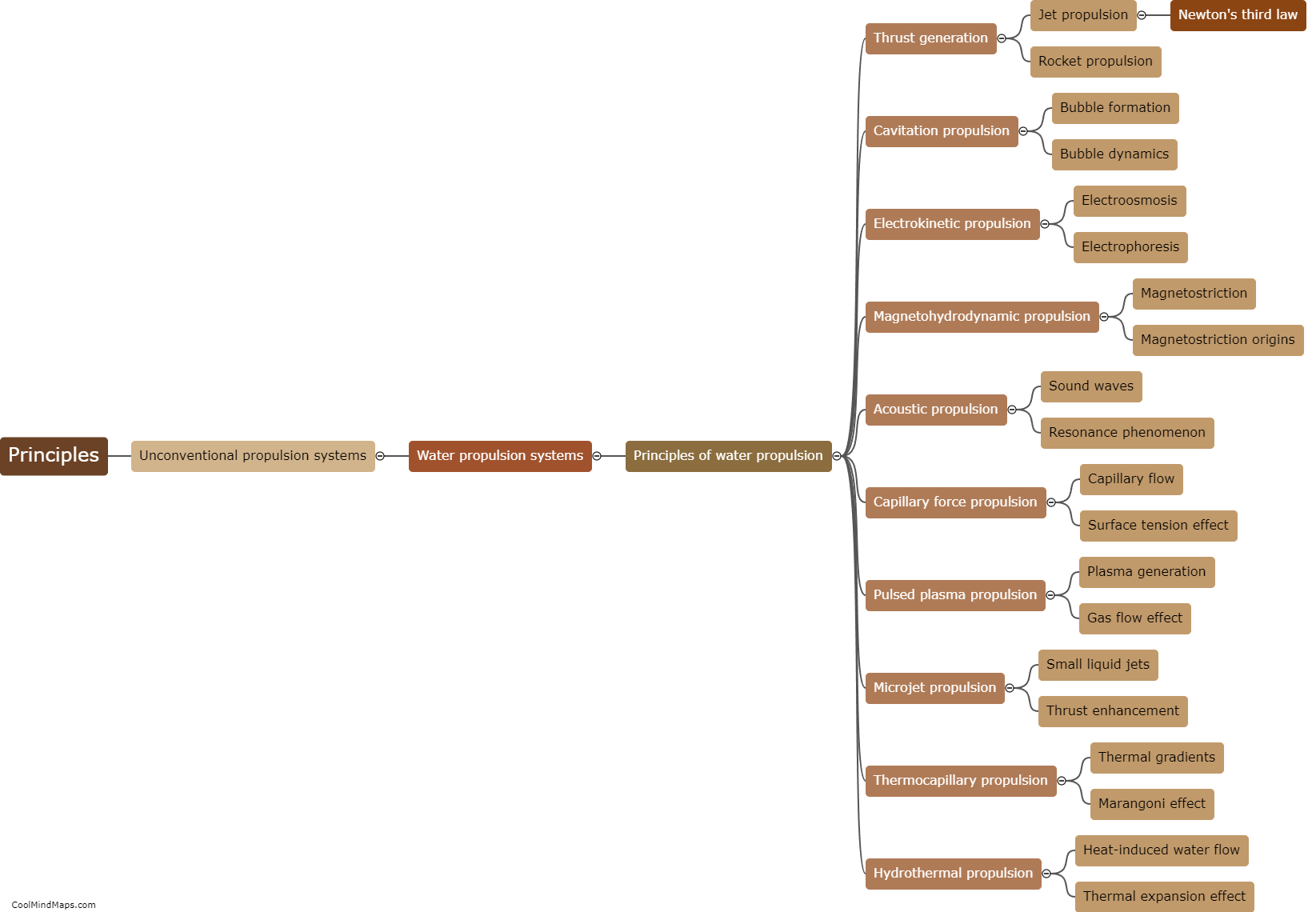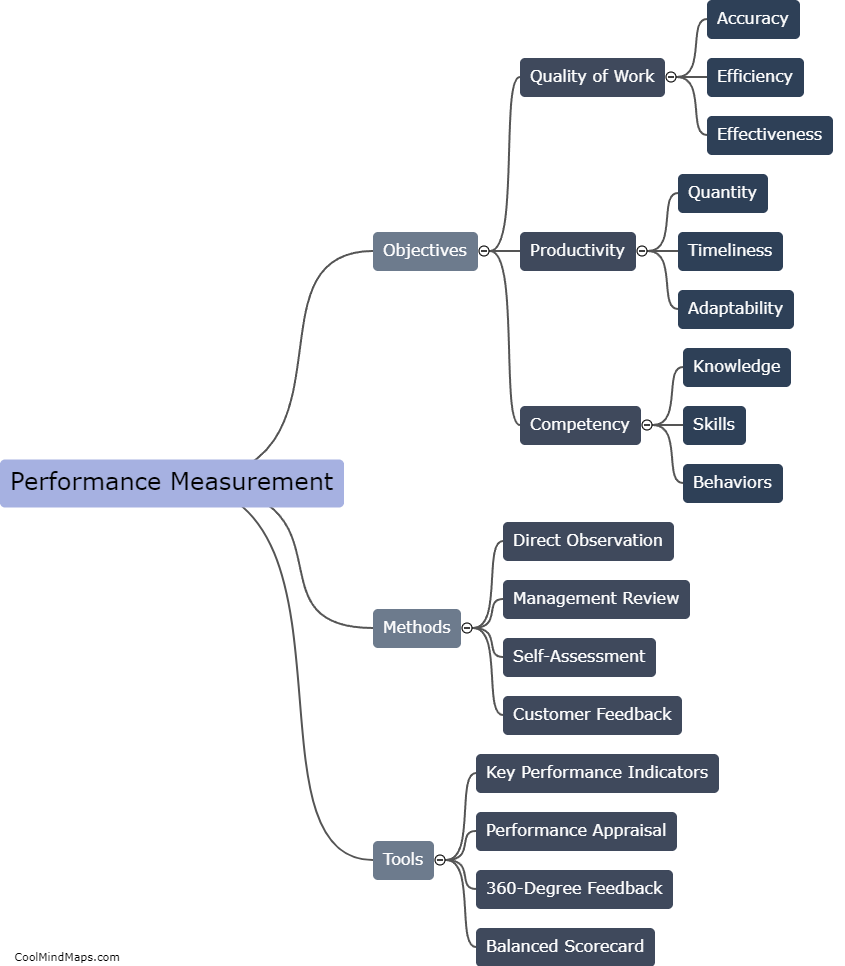What are some examples of unconventional water propulsion systems?
Unconventional water propulsion systems offer innovative alternatives to traditional methods of propelling vessels through water. One notable example is the use of vortex rings, which mimic the natural propulsion mechanisms of aquatic animals like jellyfish. By emitting a controlled burst of water in a ring-shaped vortex, these systems create a forward propulsion force. Bio-inspired designs, such as biomimetic flapping fins, are also gaining attention. Modeled after the movement of fish or marine mammals' fins, these systems use a combination of flexible materials and mechanical components to generate efficient thrust. Additionally, there are experiments with supercavitation technology, where a vessel enveloped in a supercavitating bubble can potentially reach unprecedented speeds by reducing drag. These unconventional water propulsion systems showcase the potential for nature-inspired, innovative approaches to ship propulsion.
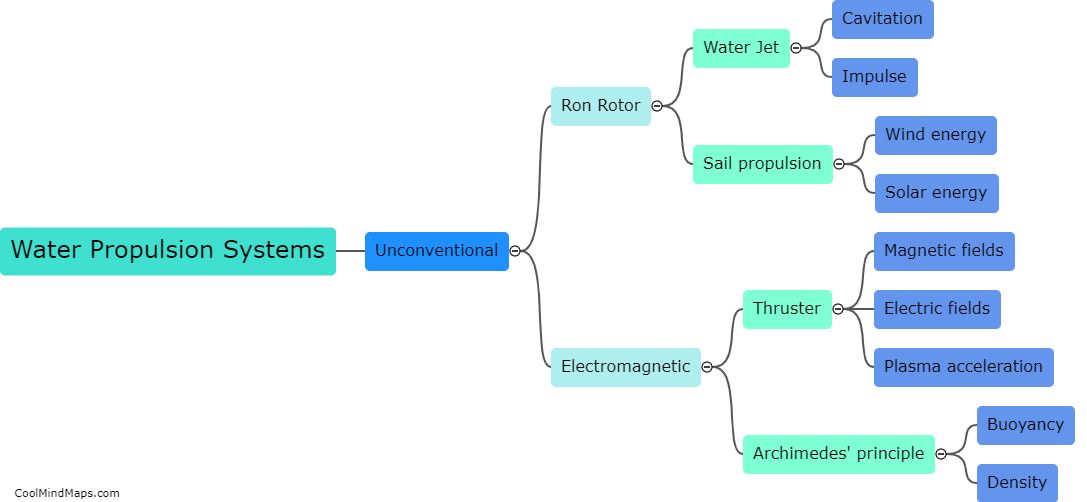
This mind map was published on 5 November 2023 and has been viewed 108 times.


